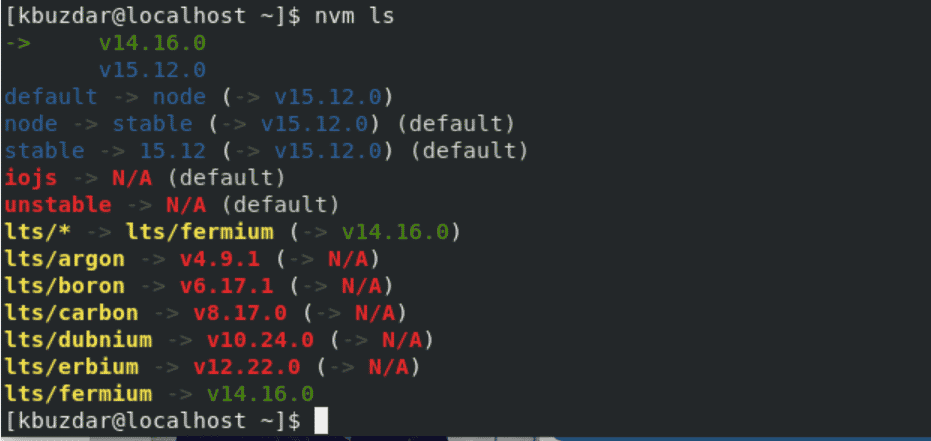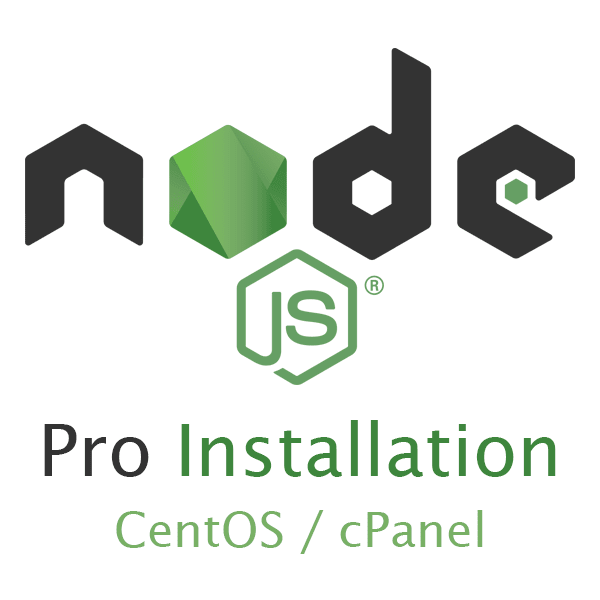
+ rpm -qa 'node|npm' | grep -v nodesource + rpm -i -nosignature -force '/tmp/tmp.IJM36kruJO' + rpm -q -whatprovides redhat-release || rpm -q -whatprovides centos-release || rpm -q -whatprovides cloudlinux-release If supported, it then downloads the nodesource rpm file, and installs the rpm file automatically. As you see below, this first checks to make sure CentOS7 X86 is supported for Node.js. The following is the output of the above curl command. Next, if your system is supported, it will also install nodesource package, which is used to install the node.js using yum. The following was done on a CentOS 7 server.įirst, execute the following setup script from nodesource, which will check to make sure your server is supported to install Node.js. If you are using an older version of RedHat or CentOS, then you should make sure EPEL is enabled on your server. You can also install node manager using yum on RedHat or CentOS as explained in this section.įor this, we need to use add nodesource distribution to our yum repository. Verify that the mongodb Node.js module is installed successfully. In this example, we are installing MongoDB module to Node.js. To install an module, use npm install command as shown below. # npm versionĪs you see below, currently node.js does not have any modules installed. Verify that the npm is installed properly. You can install additional packages to Node.js using npm.

Verify that the Node.js is successfully installed. Tar -strip-components 1 -xzf /usr/save/node-v4.2.1-linux-圆4.tar.gz This will untar all Node.js related binaries into the appropriate directories under /usr/local. Next, do the following to install it under /usr/local/bin. Note: If you get “ERROR: certificate common name `*.’ doesn’t match requested host name `’, then use the following to skip the certificate check. Download this to your downloads directory.


In this example, I downloaded the “Linux Binaries (.tar.gz)” 64-bit file. The latest stable current version is 4.2.1 Download Node.js Binaries When you install using this method, you’ll always get the latest node.js version. This article explains two methods to Install Node.js on your Linux system.įirst method is to install nodejs from Linux Binaries that are available from downloads. Using Node.js developers can write scalable application without having to worry about writing logic to take care of thread related tasks. Node.js framework is very lightweight and does not use threads.


 0 kommentar(er)
0 kommentar(er)
